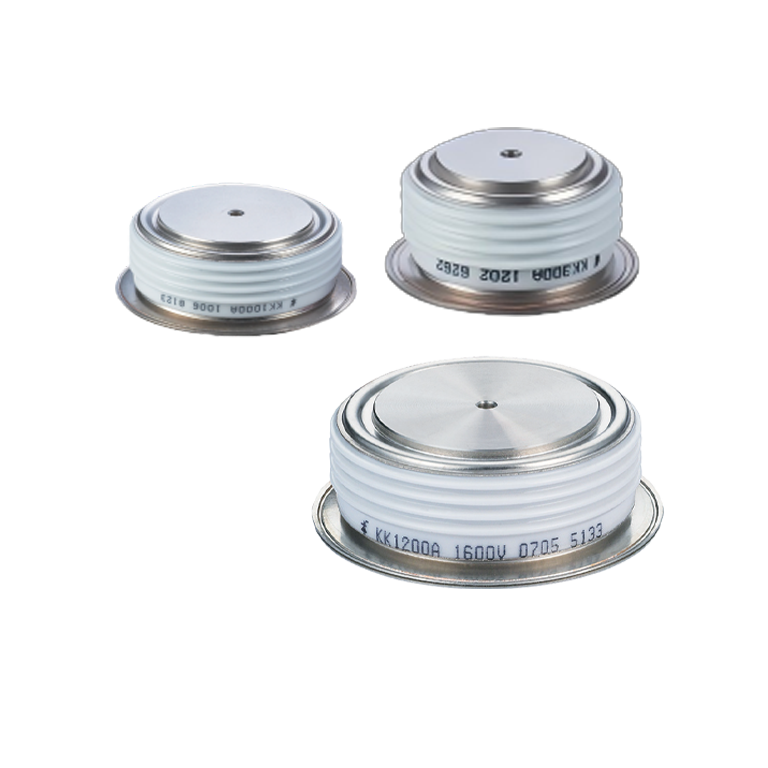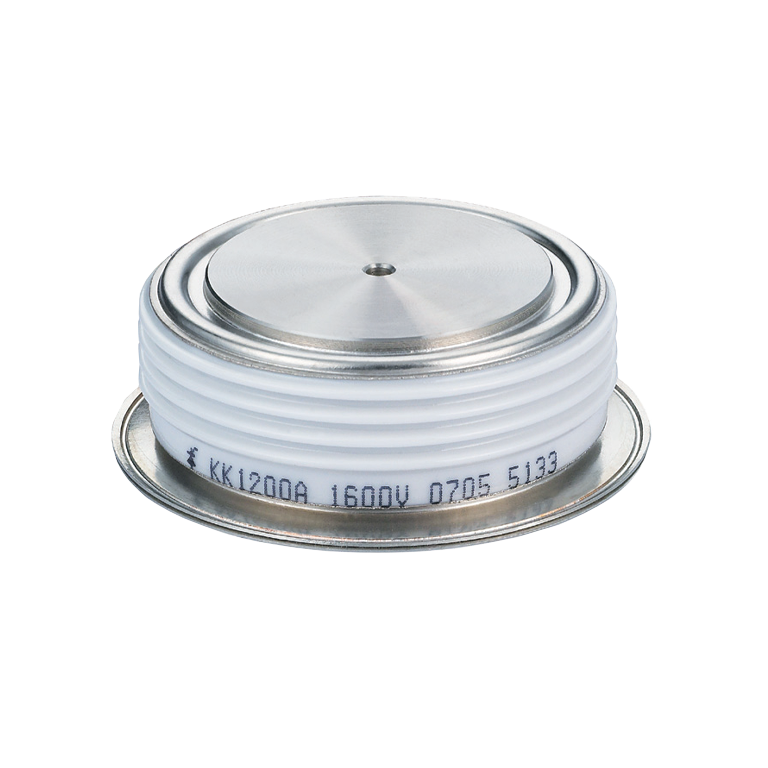ac frequency changer
The AC frequency changer is a sophisticated piece of electrical equipment designed to convert the frequency of an alternating current (AC) power source. Its main functions include adjusting the speed of electric motors and ensuring compatibility between different electrical systems with varying frequencies. Technological features of the AC frequency changer include advanced circuitry for smooth frequency conversion, precise control interfaces for accurate output adjustment, and safety mechanisms to protect both the equipment and the user. These devices find extensive applications in industrial settings, such as in manufacturing, processing plants, and energy management systems, where variable speed control is critical for efficient operation and energy savings.


